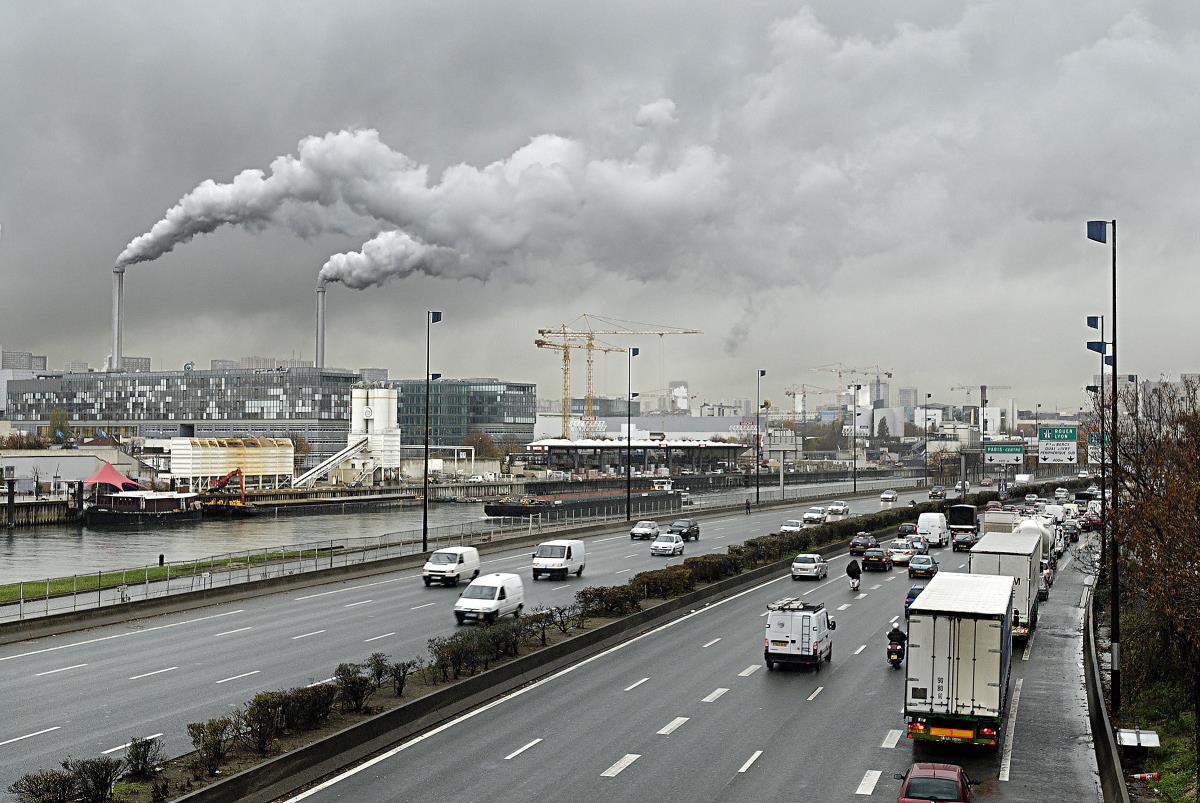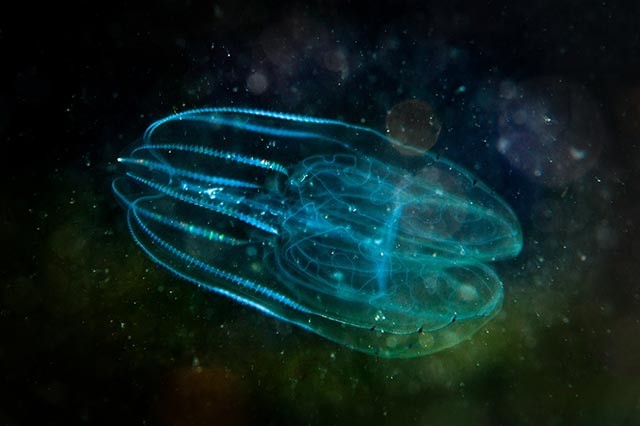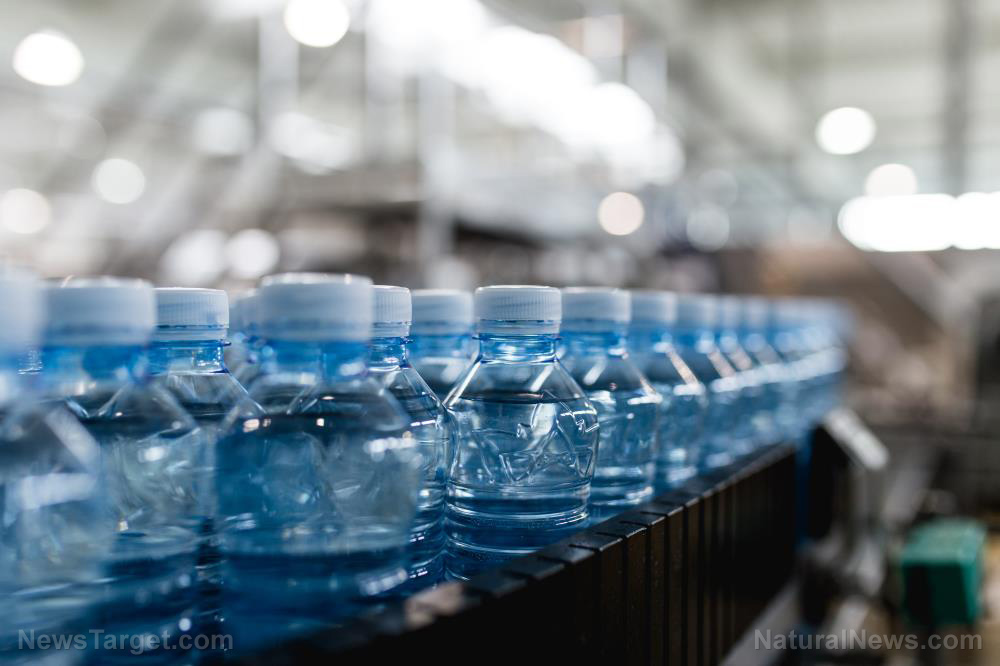Science explains why your tap water isn’t safe
09/10/2020 / By Virgilio Marin

Many Americans rely on tap water for their drinking water. Modern sanitation technologies made it possible to eliminate biological contaminants from public water systems, making tap water clean drinking.
But another threat to safe water has emerged in the past years. Research found that domestic water systems in the United States are exposed to a lot of chemical contaminants, including lead and fluoride.
Poor water health in the U.S.
In Flint, Michigan, residents reported that their tap water tastes bad and was discolored. Flint residents initially got their tap water from the Detroit water system until the local government, in a cost-effective move, switched to the Flint River for its supply of drinking water. For more than a century, the Flint River has served as an unofficial waste disposal site for treated and untreated refuse from various local industries. It also received agricultural and urban runoff, sewage from the city’s waste treatment plant and material from landfills.
More than a year since Flint’s water system was piped into the river, residents complained of skin rashes, hair loss and itchy skin. A probe into the contents of the water showed that the levels of lead are above the federal standard.
Flint’s water woes are not an isolated case. A 2015 report found that nearly 77 million Americans live in areas where the public water systems are in some violation of safety regulations, including the 1974 Safe Drinking Water Act. A study also revealed that the chemical pollutants in tap water could be the cause of 100,000 cancer cases in the country.
Chemicals in U.S. water systems
Lead and fluoride are two of the greatest offenders of water health in the United States.
Lead leaches into water systems through old, corroded pipes. This heavy metal, which is used industrially to store corrosive liquids, is linked to decreased kidney function, reproductive problems and adverse cardiovascular effects.
Studies also showed that a person doesn’t need to ingest high levels of lead to experience its adverse effects. The U.S. Environmental Protection Agency (EPA) said that low blood levels of lead in children can lead to behavioral and learning problems, hyperactivity, hearing problems, anemia and delayed growth.
On the other hand, fluoride is present in a majority of the public water systems in the United States. In the 1960s, federal authorities recommended water fluoridation based on fluoride’s protective benefit against tooth decay. But even experts cast doubt upon this benefit; some studies argued that the modest protection afforded by fluoride is outweighed by its potential to cause major health problems, including diminished liver and kidney function among children.
Fluoride has also been linked to lower I.Q. among male children. A study looked at pregnant women living in cities with and without fluoridated drinking water. Researchers found that if a mother’s urinary fluoride levels increased by one milligram per liter, her son’s I.Q. score dropped by about 4.5 points.
Research also links fluoride to cancer, particularly osteosarcoma, a type of bone cancer that produces immature bones. A study experimented on rodents and found that fluoridated drinking water may cause osteosarcoma in male rodents. (Related: To Have Access to Clean Water, Make Water Filters a Priority.)
Tap water can also be contaminated by other chemicals, including disinfectant by-products and radioactive elements.
Water treatment facilities are dependent on industrial disinfectants, which churn intermediary products such as trihalomethanes, a class of chemicals linked to colorectal cancer, birth defects and miscarriage. Scientists also identified a 50 percent increase in bladder cancer risk in a group of subjects who ingested water with high trihalomethane concentrations.
Radioactive elements have also made their way into tap water. A groundwater system in Miami was recently found with high levels of tritium, the radioactive version of hydrogen. Authorities suspected that the contamination was caused by seepage from underground cooling canals at a nuclear complex on Turkey Point.
As water systems have become prone to contamination, water health in the U.S. poses serious questions on the reliability of tap water and current water treatment methods.
Learn more about the dangerous chemicals lurking in your water at TapWater.news.
Sources include:
Tagged Under:



















